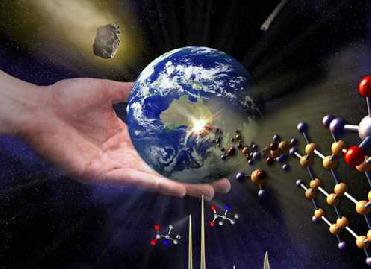
This is an artist's concept of asteroids delivering amino acids to Earth. NASA image
WASHINGTON (BNS): Analysing the dust of meteorites, NASA scientists stumble upon new clues to a long-standing mystery on how life works on its most basic, molecular level.
Daniel Glavin of NASA’s Goddard Space Flight Center in Greenbelt, Md, said that they found more support for the idea that biological molecules, like amino acids, created in space and brought to Earth by meteorite impacts help explain why life is left-handed. “By that I mean why all known life uses only left-handed versions of amino acids to build proteins,” Glavin said in a paper appearing in the issue dated March 16 of Proceedings of the National Academy of Sciences.
Scientists said that proteins are the workhorse molecules of life, used in everything from structures like hair to enzymes, the catalysts that speed up or regulate chemical reactions. Just as the 26 letters of the alphabet are arranged in limitless combinations to make words, life uses 20 different amino acids in a huge variety of arrangements to build millions of different proteins, they said.
Scientists say amino acid molecules can be built in two ways that are mirror images of each other, like the hands. However, Jason Dworkin of NASA Goddard, co-author of the study, says that although life based on right-handed amino acids would presumably work fine, one can't mix them. “If you do, life turns to something resembling scrambled eggs -- it's a mess. Since life doesn't work with a mixture of left-handed and right-handed amino acids, the mystery is: how did life decide -- what made life choose left-handed amino acids over right-handed ones,” questions Dworkin.
NASA said that over the last four years, the team carefully analysed samples of meteorites with an abundance of carbon, called carbonaceous chondrites. The researchers looked for amino acid isovaline and discovered that three types of carbonaceous meteorites had more of the left-handed version than the right-handed variety – as much as a record 18 per cent more in the often-studied Murchison meteorite. “Finding more left-handed isovaline in a variety of meteorites supports the theory that amino acids brought to the early Earth by asteroids and comets contributed to the origin of only left-handed based protein life on Earth,” Glavin said.
All amino acids can switch from left-handed to right, or the reverse, by chemical reactions energised with radiation or temperature, the scientists said. They looked for isovaline because it has the ability to preserve its handedness for billions of years, and it is extremely rarely used by life, so its presence in meteorites is unlikely to be from contamination by terrestrial life. Explaining it, Glavin said that the meteorites studied were from before Earth formed, over 4.5 billion years ago. “We believe the same process that created extra left-handed isovaline would have created more left-handed versions of the other amino acids found in these meteorites, but the bias toward left-handed versions has been mostly erased after all this time,” Glavin said.
John Cronin and Sandra Pizzarello of Arizona State University were the first to discover excess isovaline in the Murchison meteorite, believed to be a piece of an asteroid, from where the present team took off. “We used a different technique to find the excess, and discovered it for the first time in the Orgueil meteorite, which belongs to another meteorite group believed to be from an extinct comet,” Glavin said.
During their work, the scientists also found different types of meteorites had different amounts of water, as determined by the clays and water-bearing minerals found in the meteorites. They discovered meteorites with more water also had greater amounts of left-handed isovaline. Dworkin said that this gives a hint that the creation of extra left-handed amino acids had something to do with alteration by water. “Since there are many ways to make extra left-handed amino acids, this discovery considerably narrows down the search,” Dworkin said.
The scientists were of the view that if the bias toward left-handedness originated in space, it made the search for extraterrestrial life in the solar system more difficult, while also making its origin a bit more likely. “If we find life anywhere else in the solar system, it will probably be microscopic, since microbes can survive in extreme environments,” Dworkin said.
He went on to add that one of the biggest problems in determining if microscopic life is truly extra-terrestrial is making sure the sample wasn’t contaminated by microbes brought from Earth. “If we find the life is based on right-handed amino acids, then we know for sure it isn't from Earth. However, if the bias toward left-handed amino acids began in space, it likely extends across the solar system, so any life we may find on Mars, for example, will also be left-handed. On the other hand, if there is a mechanism to choose handedness before life emerges, it is one less problem prebiotic chemistry has to solve before making life. If it was solved for Earth, it probably has been solved for the other places in our solar system where the recipe for life might exist, such as beneath the surface of Mars, or in potential oceans under the icy crust of Europa and Enceladus, or on Titan,” Dworkin added.
 Previous Article
Previous Article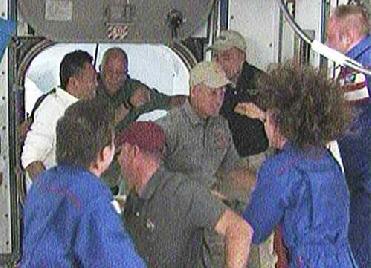 Next Article
Next Article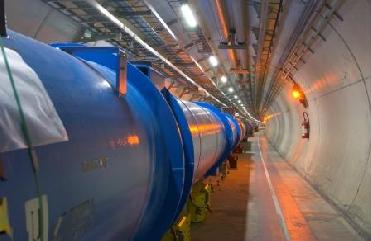
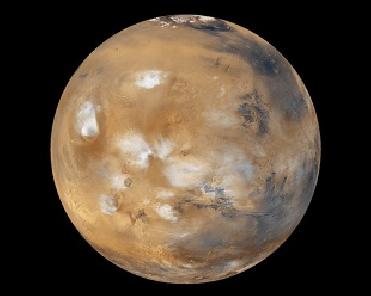
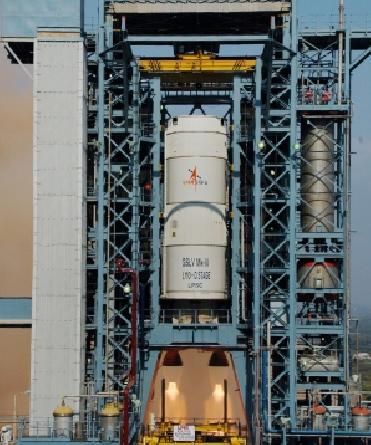










The Indian Air Force, in its flight trials evaluation report submitted before the Defence Ministry l..
view articleAn insight into the Medium Multi-Role Combat Aircraft competition...
view articleSky enthusiasts can now spot the International Space Station (ISS) commanded by Indian-American astr..
view article